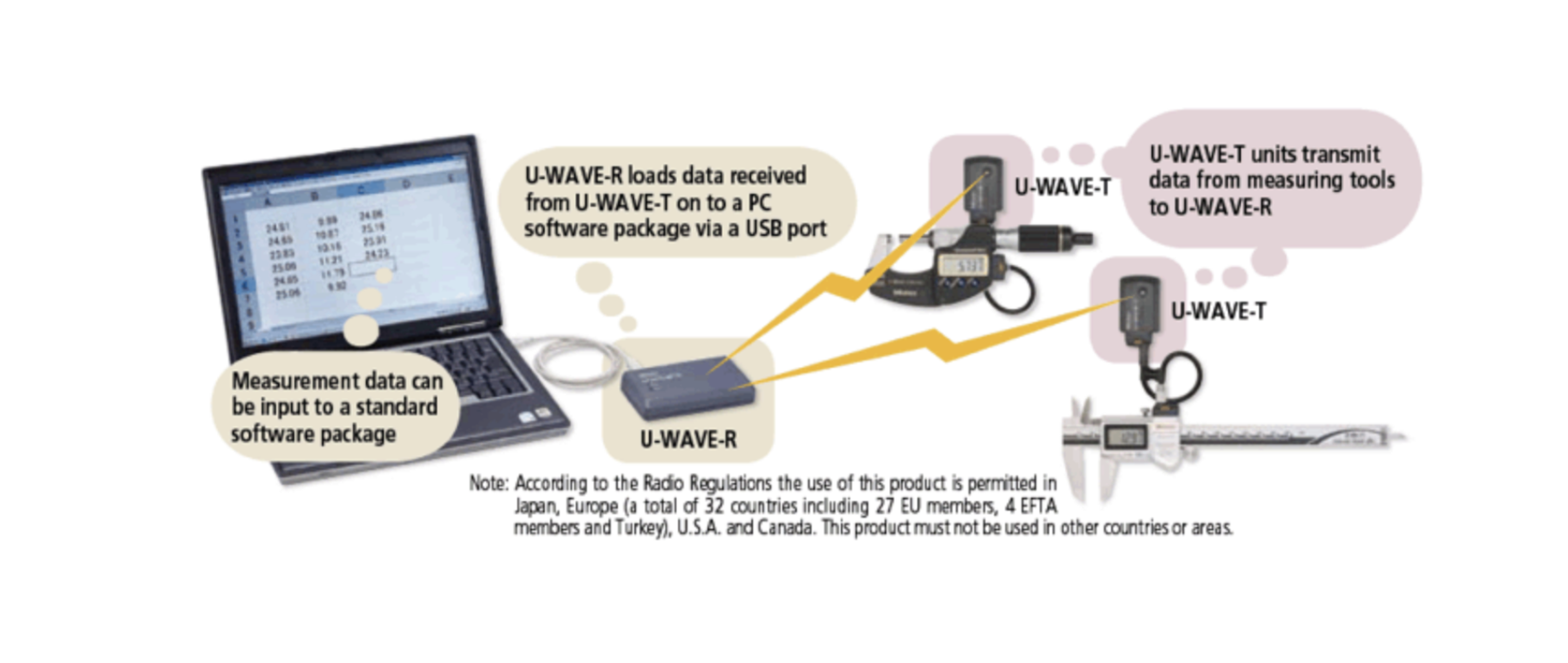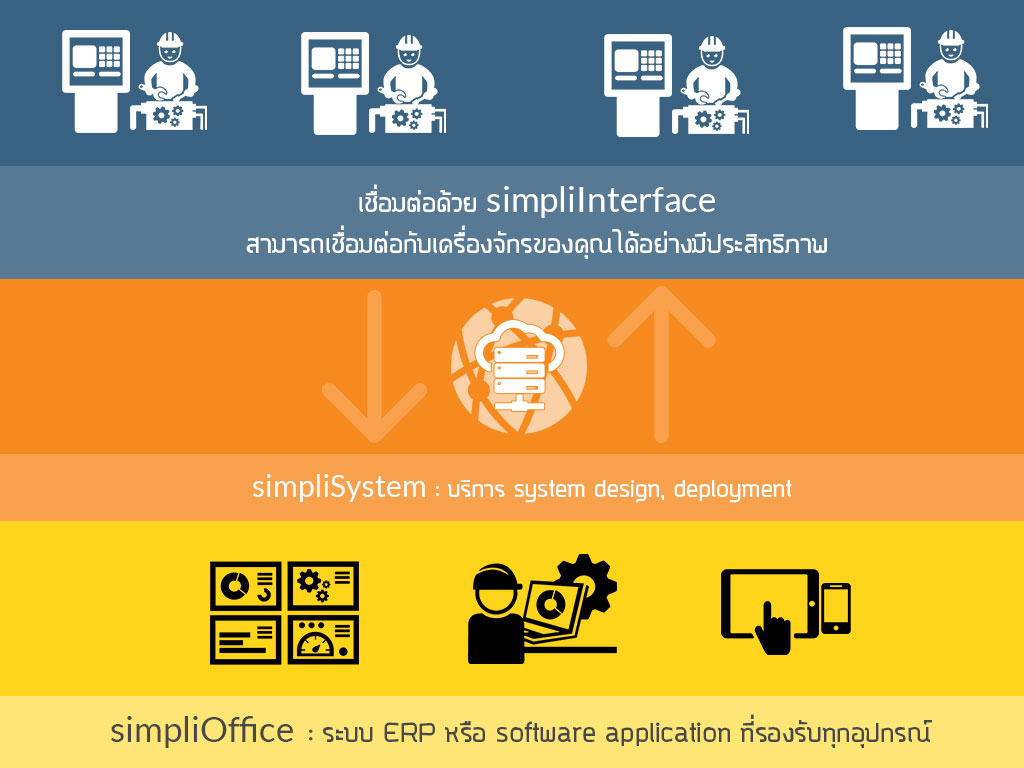Monitoring Cisco Network Devices with Wazuh: A Complete Guide
Network infrastructure is the backbone of any modern organization. To secure and monitor that infrastructure, centralized log collection is essential. In this guide, we’ll show you how to collect and analyze syslog messages from Cisco switches or routers using Wazuh, an open-source security platform.
Want hands-on cybersecurity skills? Learn how to simulate attacks, monitor threats, and build a real-world defense lab using free tools like GNS3, Wazuh, and Docker.
🔧 Build Your Own Cybersecurity Lab with GNS3 + Wazuh + Docker – Train, Detect, and Defend in One Platform
Looking for an affordable SIEM that actually works? Discover how Wazuh helps companies monitor, detect, and respond to threats—without breaking the bank.
🛡️ Strengthen Your Cybersecurity Posture with Wazuh – A Scalable & Cost-Effective SIEM Solution
Before you deploy Wazuh, get to know how it works. This deep-dive explains Wazuh’s internal architecture, key use cases, and how to apply it in real-world scenarios.
📚 Understanding Wazuh: Architecture, Use Cases, and Real-World Applications
Whether you're monitoring link status, configuration changes, or login attempts, Wazuh offers a scalable and powerful way to turn raw logs into actionable alerts.
🚀 Why Use Wazuh for Cisco Syslog?
- ✅ Centralized logging for all your switches and routers
- 🔍 Real-time monitoring of network events (e.g., interface status, login attempts)
- ⚠️ Alerting and correlation with other data sources
- 📊 Visualization through the Wazuh dashboard (Kibana)
🛠️ System Architecture
+--------------------+ +------------------------+ +---------------------+
| Cisco Switches +-------------> | Wazuh Manager +-------------> | Wazuh Rules Engine |
| (IOS/ASA/NX-OS) | (UDP/TCP 514) | (Logcollector active) | | (alerts triggered) |
+--------------------+ +-----------+------------+ +---------------------+
|
| Writes
v
+----------------------------+
| /var/ossec/logs/archives/ |
| /var/ossec/logs/alerts/ |
+-------------+--------------+
|
Parses/Forwards to (optional)
v
+------------------------------+
| Wazuh Dashboard (Kibana) |
| Visualization & Searching |
+------------------------------+⚙️ Step-by-Step Setup
1. Configure Cisco Switch to Send Syslog
Login to the Cisco device and enter configuration mode:
conf t
logging host <WAZUH_IP> transport udp port 514
logging trap informational
service timestamps log datetime msec
exitAdjust the transport protocol (
udportcp) and port as needed.
2. Configure Wazuh to Accept Syslog
Edit the Wazuh Manager configuration file:
<!-- /var/ossec/etc/ossec.conf -->
<remote>
<connection>syslog</connection>
<port>514</port>
<protocol>udp</protocol>
<allowed-ips>192.168.10.0/24</allowed-ips>
<local_ip>192.168.10.10</local_ip> <!-- your Wazuh interface IP -->
</remote>Restart the Wazuh Manager:
sudo systemctl restart wazuh-manager3. Sample Cisco Syslog Messages
<189>Jun 10 14:22:10 switch01 33953: %LINK-3-UPDOWN: Interface GigabitEthernet1/0/24, changed state to up
<189>Jun 10 14:23:45 switch01 33954: %SEC_LOGIN-5-LOGIN_SUCCESS: Login Success [user: admin] [Source: 192.168.1.50]
<190>Jun 10 14:24:30 switch01 33955: %SYS-5-CONFIG_I: Configured from console by admin on vty0 (192.168.1.50)Wazuh parses and categorizes these using built-in decoders for Cisco devices.
4. Visualizing Logs in Wazuh Dashboard
Once syslog messages are processed:
- Open Wazuh Dashboard (based on Kibana)
- Filter logs by source IP, severity, or keyword
-
Create alerts or dashboards for:
- Interface up/down events
- Failed login attempts
- Unauthorized config changes
🔒 Security Tip: Use <allowed-ips>
The <allowed-ips> tag ensures that only trusted IPs (your Cisco devices) can send syslog messages:
<allowed-ips>192.168.10.0/24</allowed-ips>This prevents abuse or noise from unknown sources.
✅ Final Thoughts
Integrating Cisco switches with Wazuh provides a robust and scalable approach to infrastructure monitoring and threat detection. From compliance to performance to security, you gain real-time visibility into your network’s heartbeat.
Need help writing custom rules or dashboards for your Cisco logs? Contact us or drop a comment below!
🔗 Related Resources
Get in Touch with us
Related Posts
- AI驱动的医院信息系统纵向整合(Vertical Integration)
- How AI Enables Vertical Integration of Hospital Systems
- 工业AI系统中的AI加速器 为什么“软件框架”比“芯片性能”更重要
- AI Accelerators in Industrial AI Systems: Why Software Frameworks Matter More Than Chips
- 面向中国企业的系统开发:以 AI + 工作流安全集成电商与 ERP
- Global-Ready System Development for EC–ERP Integration with AI & Workflow
- 不可靠的“智能”系统所隐藏的真实成本
- The Hidden Cost of ‘Smart’ Systems That Don’t Work Reliably
- GPU vs LPU vs TPU:如何选择合适的 AI 加速器
- GPU vs LPU vs TPU: Choosing the Right AI Accelerator
- 什么是 LPU?面向中国企业的实践性解析与应用场景
- What Is an LPU? A Practical Introduction and Real‑World Applications
- 面向软件工程师的网络安全术语对照表
- Cybersecurity Terms Explained for Software Developers
- 现代网络安全监控与事件响应系统设计 基于 Wazuh、SOAR 与威胁情报的可落地架构实践
- Building a Modern Cybersecurity Monitoring & Response System. A Practical Architecture Using Wazuh, SOAR, and Threat Intelligence
- AI 时代的经典编程思想
- Classic Programming Concepts in the Age of AI
- SimpliPOSFlex. 面向真实作业现场的 POS 系统(中国市场版)
- SimpliPOSFlex. The POS Designed for Businesses Where Reality Matters














